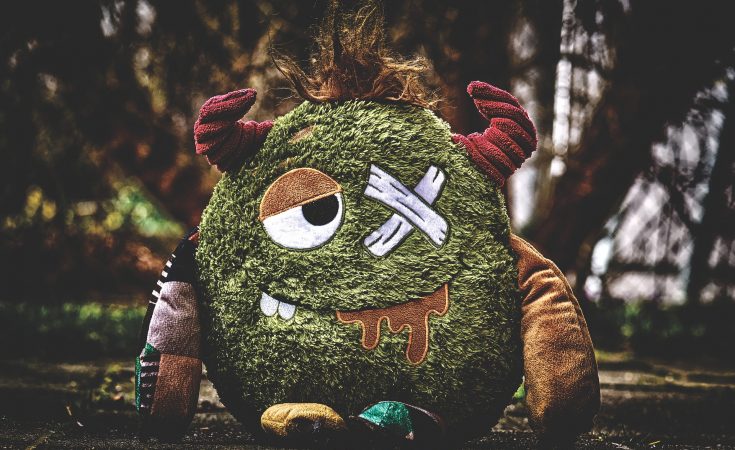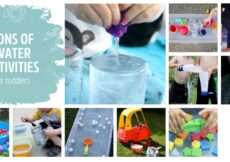Have you noticed children between 04 and 12 love all kind of sticky and smelly toys?
It is a strange yet true thing. They also like sweets with hellish flavors like vomit, poo, haunted house dust etc.
For us, parents who have lost a part of our imagination, this kind of passion for horrible things like bloody eyes or whoopee cushions, may be very difficult to understand… We cannot reasonably adhere to that ugly concept!
Yet the child goes through a natural and formative stage that I would call “the fascination of the worst”…
To be fascinated by “the disgusting” as zombie dolls, filthy dolls, stickers representing notorious depraved or living deads, sometimes even assassins, is a phase. Let’s see what that stage really brings to your child…
The child seeks to tame the extremes
- By giving himself the authorization to admire horrors, to rub shoulders with dolls representing stinking monsters for example, the child integrates this: in life there are beautiful things and horrible things. There is life and there is death. There is success (a beautiful blond doll in her convertible car could symbolise it) but failure also exists (the disgusting assassin puppet). The child seeks to tame the extremes. It’s a good thing because by taming the extremes (at least in his imagination) he understands that there are some “shades” between.
- He does it at an age which in it is still allowed to do such things. He takes advantage of being small to discover horrible things and tame the Fear emotion inside. This kind of toy allows the child to express the emotion of fear that is rooted into him. Death frightens a child as well as violence does. But he cannot provoke them to test them in real life or learn them. So he borrows transient objects to do it. These transient objects are important for his psychological development.
- By touching different materials, sticky and stinky, in a framed, standardized environment, the child develops his sense of touch and learns to master another emotion: the disgust!
- Concerning horrible, very damaged or disgusting teddy bears or dolls, by taking care of them, the child demonstrates his sense of empathy. He understands that we have the right to love and care for people who are diminished or in poor physical or moral condition. He exercises, he trains his own empathy. When he was little my son liked to buy the broken or damaged toy rather than another. He said: “I bought it because otherwise no one would have done it!”. When we adopted our one-eyed dog, I thought the same thing: “It has little chance of finding an owner. Let’s adopt it!”.
Let your child do it while asking him what this kind of toy brings him. He will surely answer: “It’s weird, I like it” which also proves that he learns in life there are normal things and things “on the margins”, marginalized and exceptional. It’s a good way for him to understand that there are things you can do in front of others and more intimate things that must stay at home as playing with stinky toys or slime.
Consider the Play-Doh dentist workshop. By pulling the teeth of a fake patient, your child tames his fear of going to the dentist. It’s a bit the same thing with disgusting toys. The child, by admitting their existence, will feel more ready to face them if they, one day, present themselves to him under another aspect (accident, destruction…)
In conclusion, it is totally normal for children to play scare and adrenaline rush with disgusting toys. Mastering fear and disgust but also the Surprise emotion is part of life!



































